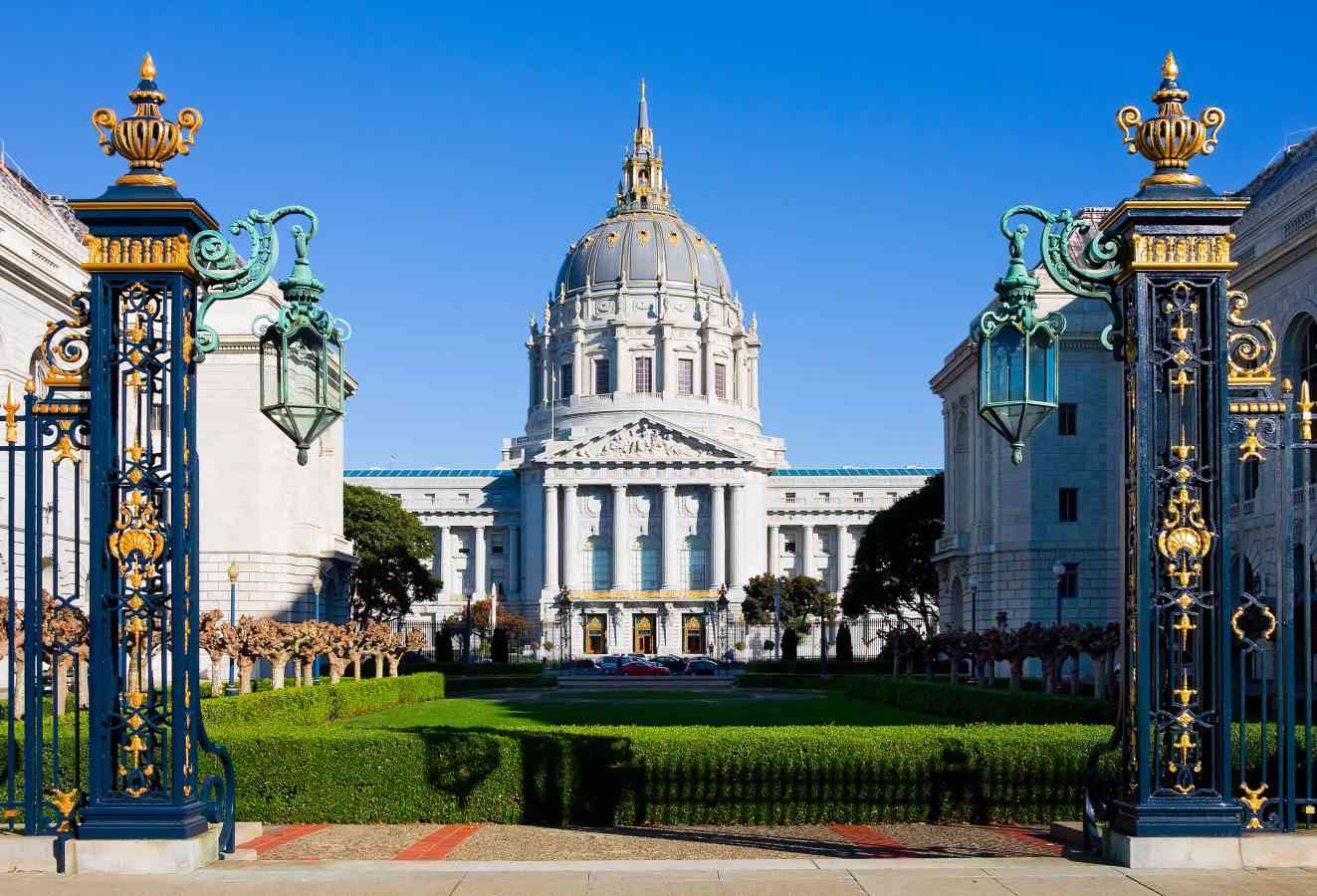Welcome to the Olympic National Park Tour
Where the ocean crashes, the moss drips, and the mountains whisper.
Olympic National Park is the only place in America where you can stand on a driftwood-strewn beach in the morning, hike a glacier-fed alpine ridge by noon, and finish your day in a rainforest dripping with green. This is a land of extremes and this self-guided audio tour helps you uncover its wild, layered beauty at your own pace.
We’ll guide you through glacial lakes, forgotten valleys, hidden waterfalls, and moss-covered trails, unraveling the forces—both natural and human—that have shaped this place.
Here’s what you’ll experience on the road and trail:
The Elwha River, once dammed, is now free—flowing with new life and old stories
Lake Crescent is sparkling and serene, hiding a few chilling secrets beneath the surface
Marymere Falls, where a short forest hike pays off with a 90-foot rush of water
Sol Duc Valley, a haven of salmon, steam, and sky-high trees
Hurricane Ridge, with mountaintop views that stretch from sea to summit
Hoh Rainforest, where every inch drips with life and silence speaks volumes
Rugged Pacific beaches strewn with sea stacks, fog, and storybook driftwood
As you drive, you’ll meet the Klallam and Makah peoples, learn about early conservation battles, and trace the scars of deforestation and rebirth. You’ll also get a front-row seat to one of the most ambitious river restoration projects in the world.
Before you go:
Pack layers, snacks, and a sense of curiosity. Olympic doesn’t give up its secrets all at once, but with this guide in your pocket, you’ll leave with more than photos. You’ll leave with a deeper connection to the Pacific Northwest’s wildest heart.
NOTE: Learn more about the road conditions, admission fees, and other pertinent information here.
Olympic National Park Map
Where To Start?
Here’s the Starting Point Address: Olympic National Park Visitor Center
We highly recommend starting the tour from the given address for the best experience.
How Does It Work?
- Once you book a tour, you’ll get a text/email with instructions.
- Download the app (while in good wifi/signal) and use your unique password to access your tours. If there are multiple versions or entrances for your tour, be sure to download all audio guides.
- Audio Setup: Connect your phone to the car stereo via Bluetooth, USB, or Aux, and bring headphones on walking tours. CarPlay and Android Auto are not yet supported. We are working with Apple for a resolution.
- To begin touring, go to the starting point and launch the app.
- The audio starts automatically once you reach the starting point. Stick to the tour route and speed limit for the best experience.
- Please note that no one will meet you at the starting point.
Audio Story Highlights
-
Welcome Olympic National Park
-
A Little Bit of Everything
-
Geology
-
Glaciers
-
Native History of Olympic National Park
-
Creating Olympic National Park
-
Elwha River Observation Area & Detour
-
Madison Falls Trailhead
-
Elwha to Hurricane Hill Trailhead
-
Glines Canyon Dam Spillway Overlook
-
The Elwha River
-
Demolishing the Dams
-
Rivers of the Park
-
Lake Sutherland
-
Lake Crescent
-
Lake Crescent Viewpoint
-
Marymere Falls Trail
-
An Angry Mountain
-
The Lady of the Lake
-
La Poel
-
Meldrim Point
-
Preserving Heritage
-
Sol Duc Valley
-
Bears
-
Deer and Elk
-
Salmon Cascades
-
Ancient Groves
-
Warring Dragons
-
Sol Duc Trailhead
Preview The Tour
Tour FAQs
Olympic National Park is renowned for the richness of its different ecosystems – the rough Pacific coastline and vast glacier-clad summits.
Port Angeles is near Olympic National Park. With its proximity to Seattle (just two hours away), Olympic is a popular destination for urbanites seeking a taste of nature.
It is definitely worth visiting Olympic National Park because whether you like to climb mountains, stroll through tide pools, or explore the woodland, the Olympics has something for everyone.
The Olympic Peninsula is home to a wide variety of landscapes, including temperate rain and old growth forests, the sandy beaches of the wild coast, and the spectacular vistas of rocky, glacier-capped mountains. It is well-known for the variety of ecosystems that receives an average of 150 inches of rain each year.
The Olympic National Park does not require any sort of advance planning or booking. But you should book ahead if you want to spend the night in the park or nearby.The park entrance fee is $30 for a private, non-commercial vehicle, $25 for individuals entering on a motorcycle, or $15 for individuals entering on foot or bicycle.
Olympic National Park is gorgeous from spring to fall. In summer, Olympic National Park’s best areas are open to visitors, marmots are active, and wildflowers blossom. The park is less congested in fall and winter. Plan your trip to Olympic National Park during these dates to escape the crowds.
1) There are 56 species of mammals and over 300 species of birds in Olympic National Park. 2) It spans an area of 922,651 acres. 3) 50–70 annual research licences are issued. 4)Roughly 4,000 kilometres of waterways made up of rivers and streams. 5)Park Goers love whale breaches. Breaching whales are unforgettable during migration seasons. 6) Banana slugs are vital to park ecosystems. Banana slugs digest waste. They consume plants and disperse seeds, making them vital to the environment.
On dark, clear evenings, the Milky Way is visible from Olympic National Park.
The best way to get around Olympic National Park is by car since the park spans nearly 1 million acres.
Inclusions and Exclusions
 App on your phone: A link to download the Action Tour Guide App and Password for your tours.
App on your phone: A link to download the Action Tour Guide App and Password for your tours.
 Easy to use: Stories play automatically by GPS. Hands-free. Get HELP all day: Call, Chat, or Email.
Easy to use: Stories play automatically by GPS. Hands-free. Get HELP all day: Call, Chat, or Email.
 Flexible schedule: Use any day, any time. Valid for multiple visits up to 1 year after purchase.
Flexible schedule: Use any day, any time. Valid for multiple visits up to 1 year after purchase.
 Interactive audio stories: Experience local history and culture through clear, concise narratives from experienced narrators.
Interactive audio stories: Experience local history and culture through clear, concise narratives from experienced narrators.
 At your own pace: No group. Take breaks for photos, snacks, hikes. Go at your own pace.
At your own pace: No group. Take breaks for photos, snacks, hikes. Go at your own pace.
 Offline use: No cell signal or wifi required. Offline GPS Map & route. Stop-to-stop direction.
Offline use: No cell signal or wifi required. Offline GPS Map & route. Stop-to-stop direction.
 Don’t miss a thing: Full itinerary, travel tips, professionally narrated videos, text, and hidden gems.
Don’t miss a thing: Full itinerary, travel tips, professionally narrated videos, text, and hidden gems.
 Transportation, parking fees, food, and drinks.
Transportation, parking fees, food, and drinks.
 Entry tickets or reservations to any attractions along the route.
Entry tickets or reservations to any attractions along the route.
 Car Rental: Please arrange a rental car at the closest airport or train station.
Car Rental: Please arrange a rental car at the closest airport or train station.






























